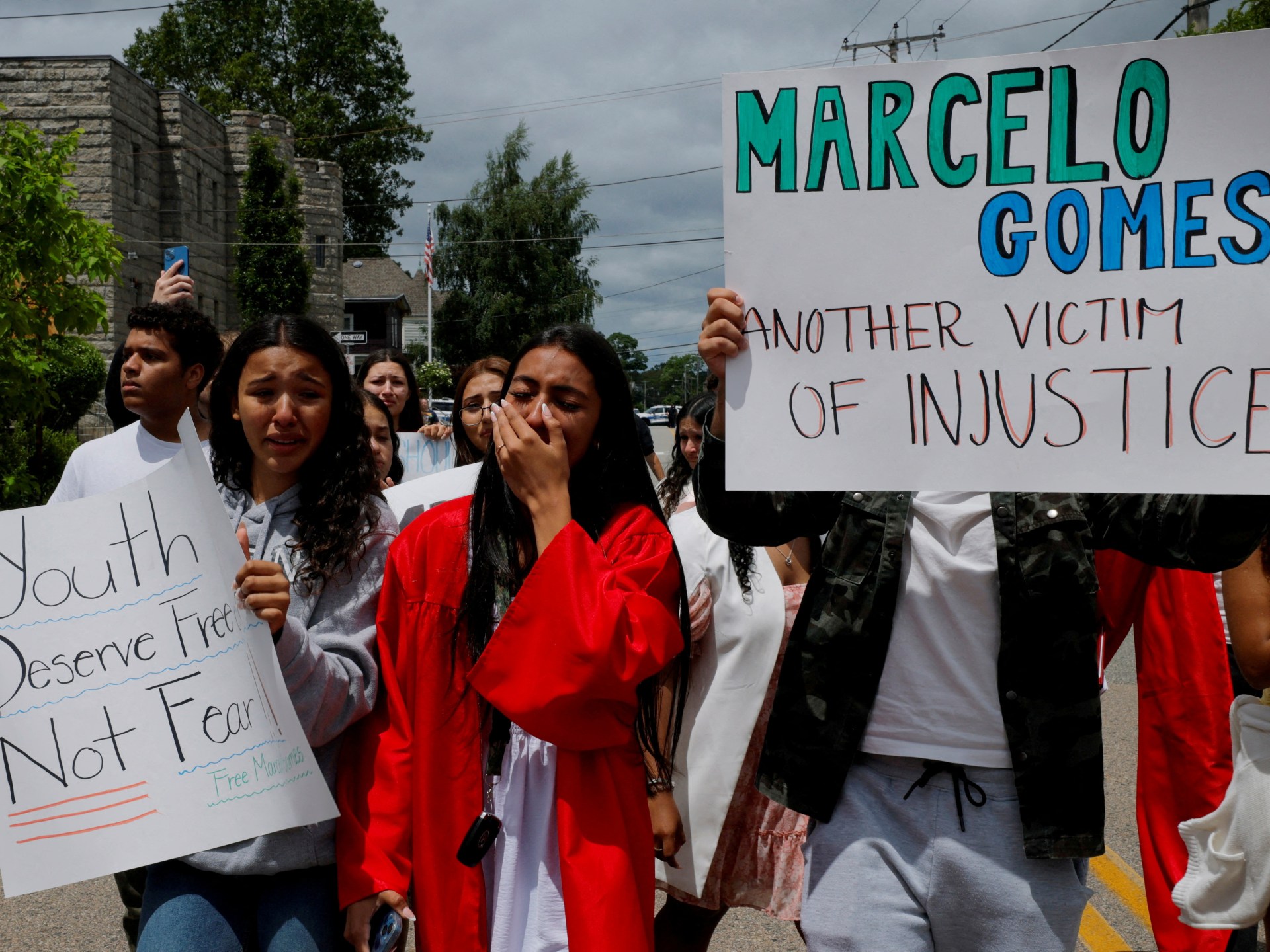EU steel chief touts quotas and cooperation on Chinese overcapacity with US
Published on
28/08/2025 – 7:45 GMT+2

ADVERTISEMENT
The EU should speed negotiation of a tariff-rate quota (TRQ) system with the US to avoid existing exorbitant tariffs of 50% on steel and aluminium, the director general of the European Steel Association, EUROFER, has told Euronews adding that such a deal could also help with cooperation on Chinese overcapacities in the sector.
Such TRQ systems enable specific quantities of steel and aluminium to be imported at a lower or zero tariff rate, with any additional amount subject to a much higher tariff rate.
“Tariff-rate quotas are the only opening we have with the US,” Axel Eggert told Euronews, adding: “They are not perfect, but at least we still can export to the US, whereas now it’s completely different.”
The tariff-rate quota system for steel and aluminium was introduced under the Biden administration to replace the 25% tariffs on steel and 10% on aluminium imposed by the first Trump administration. It allowed up to 3.3 million tons of EU steel and 384,000 tons of aluminium into the US tariff-free, with the tariffs applying to any further amounts. However, since his return to office, US President Donald Trump has imposed 25% tariffs on steel and aluminium, which were raised to 50% in June and extended on 19 August to some 400 steel derivatives.
After weeks of tariff disputes targeting all EU industrial products—not just steel and aluminium—the US and the EU reached an agreement setting tariffs on EU goods at 15%, with the notable exception of steel and aluminium.
However, the joint statement does state that the parties “intend to consider the possibility to cooperate on ring-fencing their respective domestic markets from overcapacity, while ensuring secure supply chains between each other, including through tariff-rate quota solutions.”
“We would have hoped that there was a clear obligation for the US to keep the tariff-rate quota which we had before,” Eggert said. “That was our objective and that was also the Commission’s objective, but the Commission simply didn’t get it.”
EUROFER’s boss also said that the US and EU can make common cause in fighting Chinese overcapacities in the steel sector.
According to OECD figures, there was a global overcapacity of steel of 600 million tons last year, and by next year there should be overcapacities of 720 million tonnes.
“China is subsidising its steel industry,” Eggert said, pointing out that the Asian giant has an excess capacity of more than 500 million tons.
When Trump imposed 25% tariffs on global steel and aluminium in March, it was swallowed by cheap Chinese products, he added, which explains why the US tariffs were then raised to 50%.
The issue of overcapacity was an integral part of the negotiations in recent months between the US and the EU, with the Commission pushing for cooperation between the two sides.
“If you have the two biggest markets in the world, the US and the EU, then you have such market power that you don’t let in any steam from companies which produce overcapacity,” Eggert predicts. “Then of course they have to reduce the overcapacities.”
In 2021, the Biden administration and the EU Commission started negotiating an agreement — the Global Arrangement on Sustainable Steel and Aluminium (GASSA) — to fight overcapacities and promote lower-carbon production in the steel and aluminium sectors. But the negotiation was interrupted after Trump returned to power.
“There is a possibility [to bring it back], because the US administration has worked this out in great detail already,” Eggert said, pointing out that one sticking point which remained was the EU’s Carbon Border Adjustment Mechanism (CBAM), which imposes a fee on some polluting goods imported into the EU, which the US opposes.
